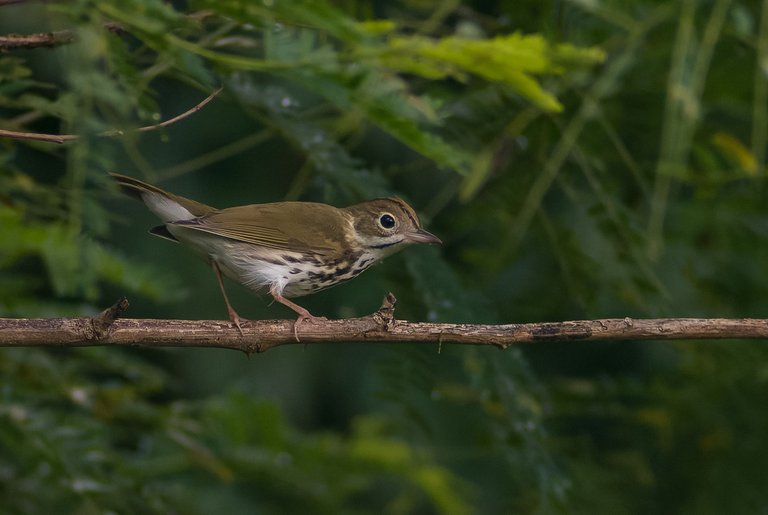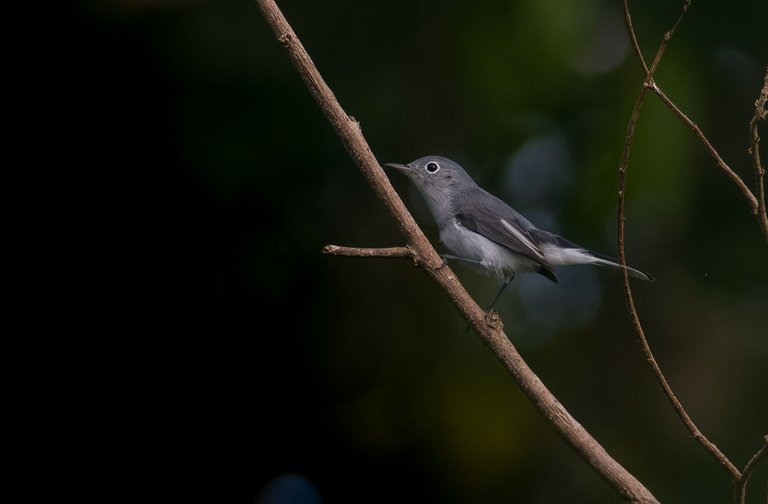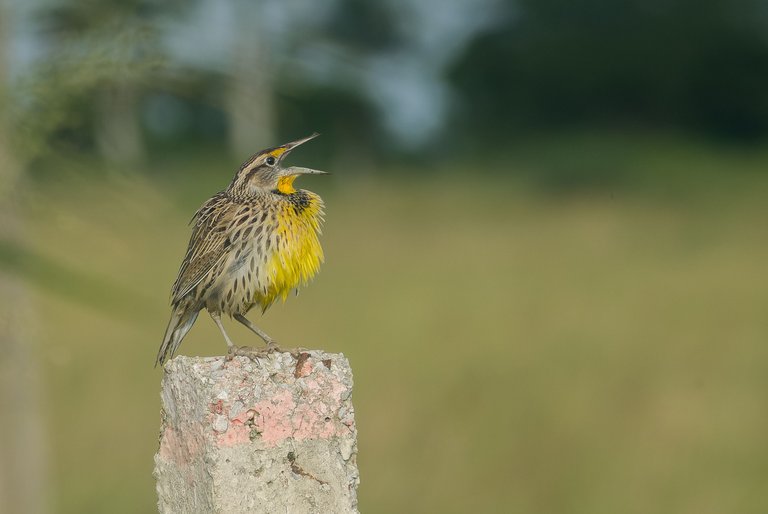On Saturday I decided to venture out to visit one of my favorite sites for bird watching: the Maurin reservoir located in the vicinity of Bauta and Playa Baracoa, Artemisa. Over the years, this place has become a national reference for the observation of both migratory and endemic species.
When I started visiting this place several years ago, there was no record of the number of species that inhabited or passed through during the migratory period. At present I have been able to record 110 species, which has been a great satisfaction. Today I will tell you about three of the ones I was allowed to photograph yesterday.
Getting there was a challenge, the recent rains had turned the road into a quagmire, and if we add the oppressive heat that early in the morning and the mosquitoes immune to repellent and the danger of someone assaulting you to steal your equipment make the trip a challenge, so this type of photography takes preparation, caution and some courage; however, all these obstacles are part of the charm.
Species photographed:

Señorita de monte/Ovenbird: They are very agile and elusive, always foraging among the leaves on the ground and in places well dense with vegetation. They are migratory, they begin to arrive in Cuba at this time and spend the winter here. Photographing them takes its own technique, the difficult thing is to attract them and make them show themselves, for this I use something I have learned over the years. They are very curious, and as soon as they see an intruder in their territory, they come out to see what it is. That’s when I have just a few seconds to photograph them.
________________________________________

Rabudita/Blue-gray Gnatcatcher: Also migratory, these are very agile, given their small size and ability to hide, it is difficult to photograph them, but, like the previous one, they do not resist the curiosity of seeing who is in their territory. Being so small, I always try to change the perspective when taking the photo so that I get a dark background and they stand out, making them more visible.
________________________________________

Sabanero/Eastern Medowlark: I would call them the king of the savannahs, their song is very striking because of their loudness, they are practically in all the savannahs of the country and their coloring with a strong yellow breast in the males makes them very beautiful. To photograph it is important to know that they have the habit of perching in high places, then, with some camouflage not to be seen, we can get close enough.
________________________________________
For this type of photography the risk is always present, but when we analyze the impact that documenting these species of birds can have for science and how rewarding it is for our health to be in contact with nature, we realice that it is worth the sacrifice.
All photos were taken by me (
@muhammadhalimm) with a Nikon D200 camera and a Tamron 70-300mm lens.
For translation and editing I used DeepL.









